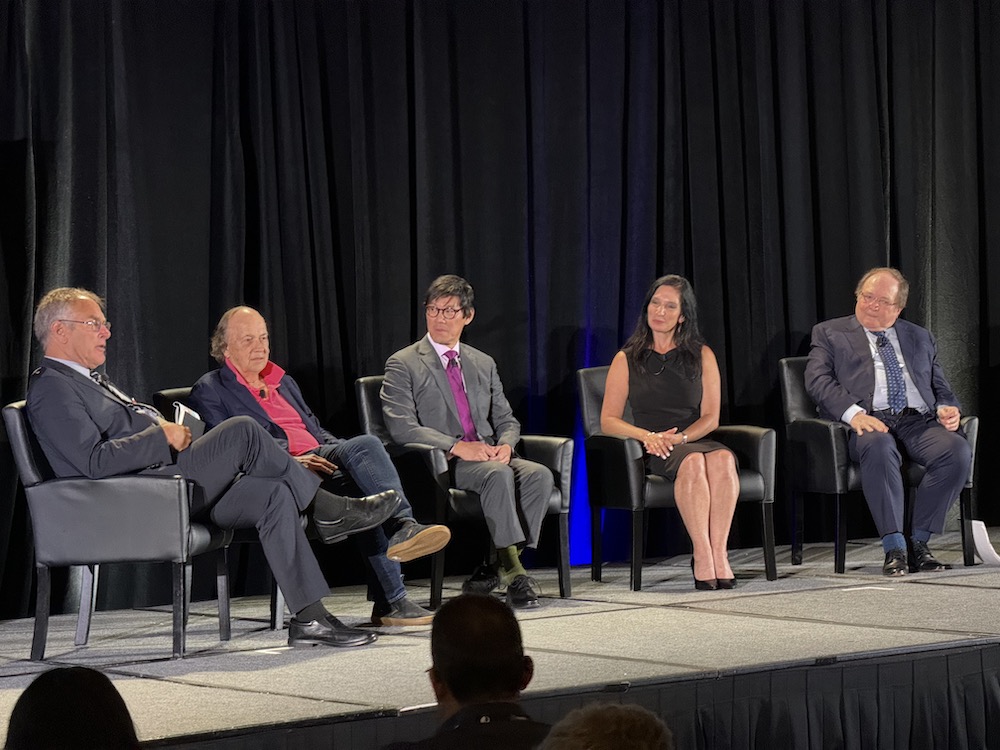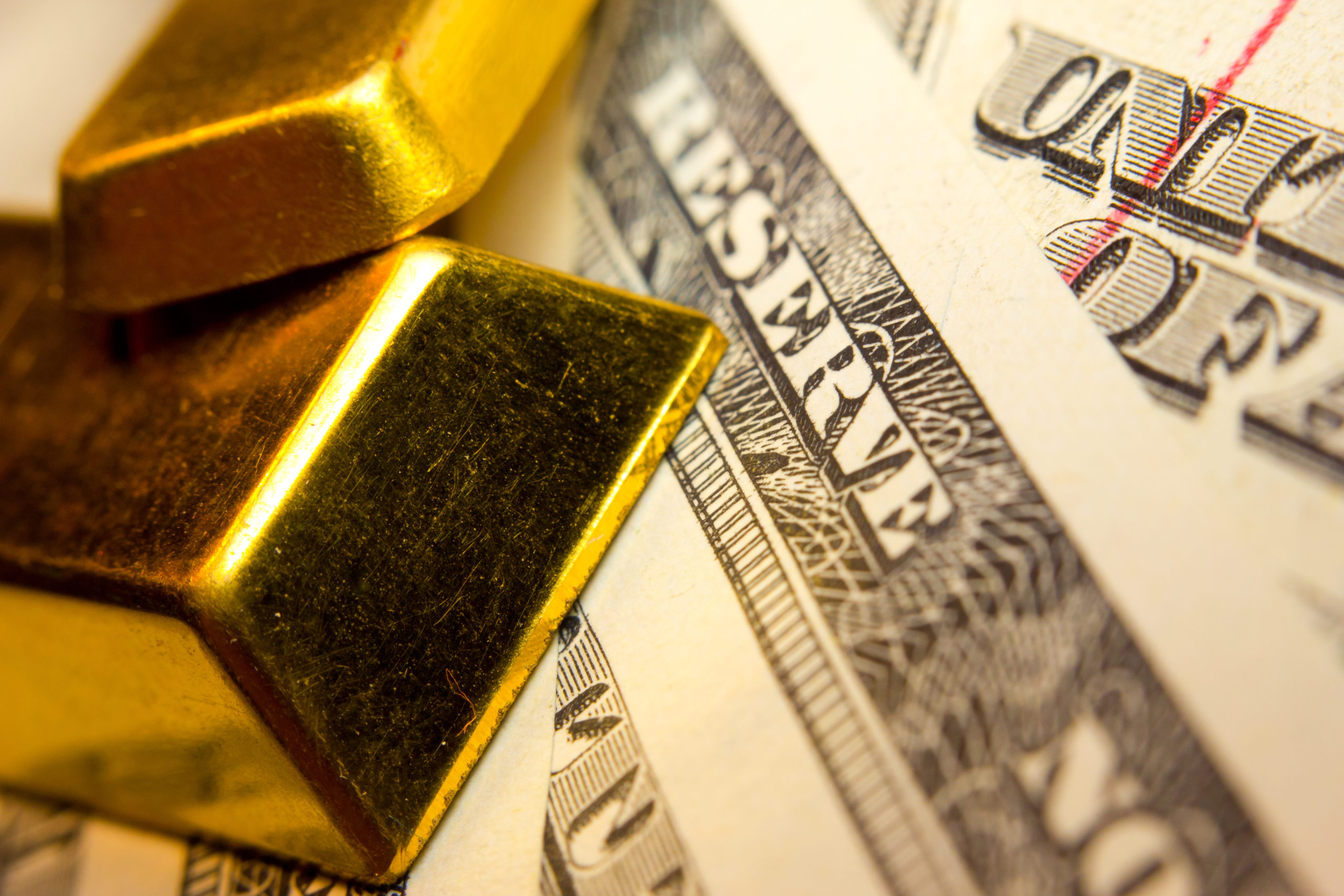Friedland warns of copper ‘crisis’ as mine costs soar

Miners and analysts gathered this week in a sweaty beach city in southeast Florida to ponder why the industry gets the cold shoulder from most investors.
Copper in particular faces a forecasted supply chasm, mining mogul Robert Friedland told the Rule Symposium via a pre-recorded video interview from Telluride, Colorado.
“The world is suffering from a shortage of copper metal,” the founder and executive co-chair of Ivanhoe Mines (TSX: IVN) said. But copper prices “fall woefully short” of supporting the development of new projects. The current price is around $4.60 per lb.
“We see a crisis coming in physical markets and a requirement for much higher prices to enable most of the copper projects that are in development to have a prayer coming in.”
Humanity would have to mine more copper in the next 20 years than we have in human history to meet surging global demand on the back of the energy transition, Friedland told the conference, organized by resource speculator and founder of Rule Investment Media, Rick Rule.
Meanwhile, the cost of new mines has soared. Friedland said recent copper mine builds in Chile and Peru, jurisdictions once credited for having among the biggest and cheapest copper mines, have seen costs soar to about $45,000 per tonne of daily installed capacity due to inflation, steadily falling grades and dropping output.
While some analysts see near-term respite for soft copper prices, developers need a sustained price gain to make long-term investment decisions. Last week, BMO Capital Markets and Citigroup analysts said copper prices may rise past the $10,000-per-tonne ($4.54 per lb.) mark again in the near term due to a Chinese smelter supply shortage and grid investments in China. Copper posted a record high of $5.11 per lb. In May.
The International Energy Agency projects that copper demand will increase to 36.4 million tonnes by 2040 from 25.9 million tonnes last year, driven by its growing application in clean technology and electric grid expansion. However, analysts have warned for years that copper prices aren’t high enough to support new builds.
Friedland underlined the critical role of copper in the global economy, given its significance in electrification and renewable energy, and major new demand for modern warfare.
“The global economy needs to find five or six new Kamoa-Kakula-sized projects yearly to maintain a 3% gross domestic product growth rate over the next two decades,” Friedland estimated.
Ivanhoe is doing its part to address the copper deficit challenge with its world-class Kamoa-Kakula copper project in the Democratic Republic of Congo (DRC). The mine is ramping up, producing over 100,000 tonnes of the red metal in the June quarter. The company’s guidance for 2024 is 440,000-480,000 tonnes, with the outlook set to top 600,000 tonnes next year.
Contrarian approach
The current state of the copper market is a consequence of chronic historical underinvestment in production, compounded by increasingly scarce resources, the conference heard.
Symposium host Rule, noted that’s a repeated pattern in natural resources that will continue to lead to more boom-and-bust cycles.
Rule pointed to dramatic increases in commodity prices during the 1970s due to underinvestment: oil prices rose from $2.50 to $30 per barrel., gold from $35 to $850 per oz., and copper from $0.30 to $1.60 per pound.
Drawing parallels to the present, Rule pointed out that the US dollar lost 85% of its purchasing power in the 1970s, a situation he believes is re-emerging due to $6 trillion in quantitative easing in recent years and federal on and off-balance sheet debt of more than $100 trillion.
“Investing in underappreciated sectors presents an opportunity to invest in high-quality companies at a discount,” Rule said.
“The cure for high prices is high prices. The cure for low prices is low prices,” he said, repeating one of his favourite mantras.
Rule stressed the importance of being a contrarian investor, suggesting that attendees look for value in areas where others see risk or disinterest.
He pointed out that generally, the current sentiment around sub-$2 billion market cap mining companies is notably poor, presenting an opportunity to invest in high-quality companies at a discount.
“You can buy the serially successful companies at a small discount to the serial losers. That’s a really good deal if you think about it. The market has been completely undiscriminating with regards to the quality of leadership,” he said.
Commodities rally
The concentration in the US stock markets poses a big risk to economic stability as a small number of issuers are driving most gains, James Rickards of Paradigm said in the closing session at the conference. About 70% of the stocks in the S&P 500 are down for the year despite the index hitting new highs, driven by a handful of tech stocks.
Still, commodities have seen big gains this year, macroeconomist Nomi Prins of PrInsights Global said.
“Gold has rallied 24%, copper 27%, silver 49%, and uranium 60% — indicators of a massive transition regardless of economic ground realities,” she said.
Perhaps preaching to the converted, she noted natural resources have a critical role in future economic stability and growth. “These assets have a tremendously positive trajectory from here, driven by modern geopolitical and energy-related needs.”
More News
Gold, silver and miners haven’t declined despite USD’s bottom – yet
Gold and miners can top literally any day now.
September 22, 2025 | 03:01 pm
{{ commodity.name }}
{{ post.title }}
{{ post.date }}

Comments
Ahmed Vahed
Thanks for sharing such an insight from the copper industry experts.